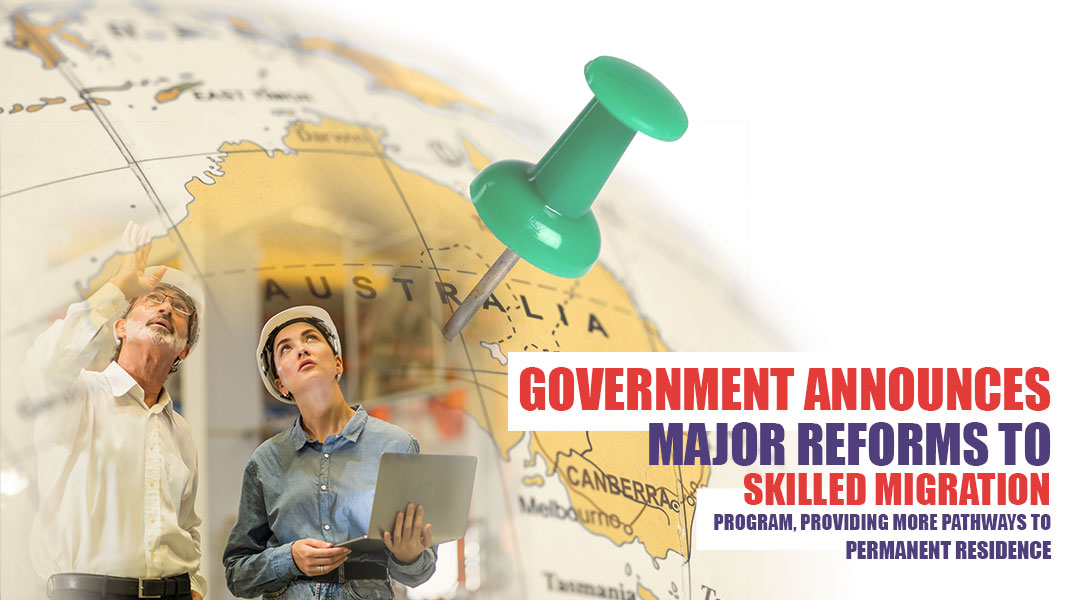In a significant move aimed at strengthening the skilled migration program, the Australian Government, led by the Hon Clare O’Neil MP, Minister for Home Affairs, has unveiled important changes to the Temporary Skilled Migration Income Threshold (TSMIT) and expanded pathways to permanent residence for employer-sponsored temporary skilled visa holders. The updates were released by the Department following the initial announcement and provide further clarity on the reforms.
What Are the Major Changes?
Effective from July 1, 2023, the TSMIT will witness a notable increase from the current value of $53,900 to $70,000. This means that all new nomination applications lodged after the specified date must meet the revised TSMIT of $70,000 or the prevailing market salary rate. This adjustment is intended to align with prevailing wage trends and to ensure that skilled migrant workers receive fair and competitive remuneration.
What is the Impact on Existing Visa Holders?
The Department has confirmed that the increase in the TSMIT will not have any retroactive effect on existing visa holders or approved nominations lodged prior to July 1, 2023. These individuals will not be subject to the elevated income threshold and will continue to be governed by the terms of their existing visas. However, any nominations lodged after the designated date will be subject to the new TSMIT requirements.
Will There be Any Pathway to Permanent Residence?
To further encourage skilled workers to pursue permanent residency in Australia, the Government will introduce the Temporary Residence Transition (TRT) stream of the Employer Nomination Scheme (subclass 186) visa by the end of 2023. This stream will be available to all Temporary Skill Shortage (TSS) visa holders whose employers are willing to sponsor them for permanent residency.
What Are Some Important Features of the TRT Stream?
- Flexible Occupations: The eligibility for the TRT stream will not be restricted to occupations listed in the Medium and Long-term Strategic Skills List (MLTSSL), providing greater opportunities for a wider range of skilled workers to apply for permanent residency.
- Reduced Employment Period: The employment period required for eligibility under the TRT stream will be reduced from three years to two years with the sponsoring employer. This will expedite the pathway to permanent residency for deserving candidates.
- Additional Requirements: Applicants must continue working in the occupation specified in their TSS visa(s) and meet all other nomination and visa requirements, including English proficiency, health, and character assessments.
In a measure aimed at facilitating the transition to permanent residency, the Government has decided to eliminate limits on the number of short-term streams TSS visa applications that visa holders can make in Australia. This interim measure is particularly beneficial to those currently onshore, as it eliminates the need to go offshore to apply for further visas.
Conclusion
These recent updates to the skilled migration program signify the Government’s commitment to creating more accessible pathways to permanent residency for skilled workers. By raising the TSMIT and introducing the TRT stream, the Government seeks to attract and retain individuals who can contribute to Australia’s workforce and economy. While more information is expected to be released closer to the implementation date, these reforms are anticipated to foster a more inclusive immigration system for the future.
For more information on Australian Migration contact Greg Veal of Emigrate to Australia on
0207427 5290 or contact [email protected]


